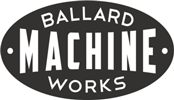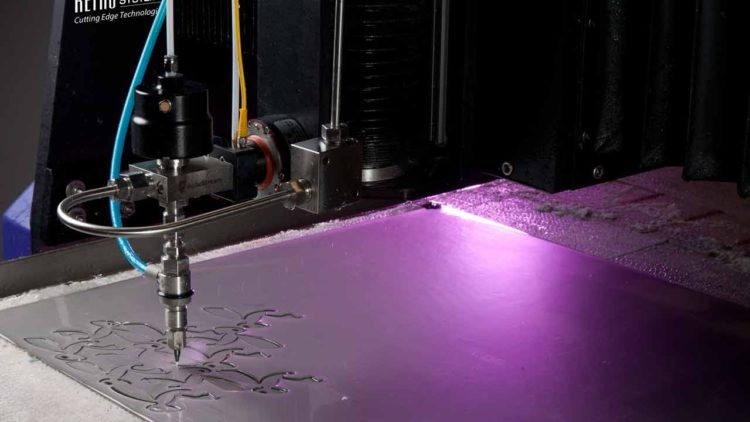The Advantages and Disadvantages of Waterjet Cutting
It seems the trends toward local sourcing have stretched much further than homes and restaurants but also into machines and craftwork. Just like any good market, the competition is getting fiercer across all categories. Each workshop must try and find new ways to be better, faster or more environmentally friendly than the next. One of the ways certain shops are standing out amongst their competitors is by employing the waterjet cutting method of machine milling. While it is a good way to grab attention with its notable advantages, there are serious disadvantages to be considered.
What Is Waterjet Cutting?
Waterjet cutting is the use of a special cutter the uses a high pressure jet stream of water to cut different materials. The extreme version of erosion which happens in nature, the waterjet cutter, often mixed with other abrasive particles, simply speeds up the process many times over.
Advantages of Waterjet Cutting
- Use of “green technology” – The waterjet cutter does not create any hazardous waste and, with a small kerf, it also facilitates the recyclability of scrap metal. The cutter, thanks to a close-looped system, uses very little water.
- Cuts almost any material – When compared to other cutters, the waterjet cutter can handle just about any material or product that a traditional cutter can. Traditional tough materials such as bullet-proof glass, stone, metals or even materials with reflective or uneven surfaces can all be cut through with waterjet.
- Less Heat – Water cutters do no overheat the areas adjacent to the cutting space, therefore these pieces stay intact and uncompromised.
- Extremely Accurate – Waterjet cutter are capable of achieving a 0.13 mm accuracy and very intricate cuts or 3-D shapes.
Disadvantages of Waterjet Cutting
- Cutting Time – While the waterjet cutter can cut most of the same materials, very often the cutting takes longer than a traditional cutter. More time cutting means less output.
- Orifice Failure – Low quality waterjet orifices have a tendency to break down and disrupt cutting, resulting in lost time and productivity.
- Greater Thickness, Less Accuracy – The thicker a material the further the stream is away from the nozzle at its point of impact. A less consistent impact from waterjet changes the cutting accuracy from top to bottom. Often, the jet can spread and make more of a diagonal cut than a straight up and down cut.
- Starting Costs – In the beginning, finding and implementing the additional abrasive materials, like granite, to increase the efficacy of the cutter can by very expensive compared to a simple plasma cutter.
Image source, labelled for reuse

